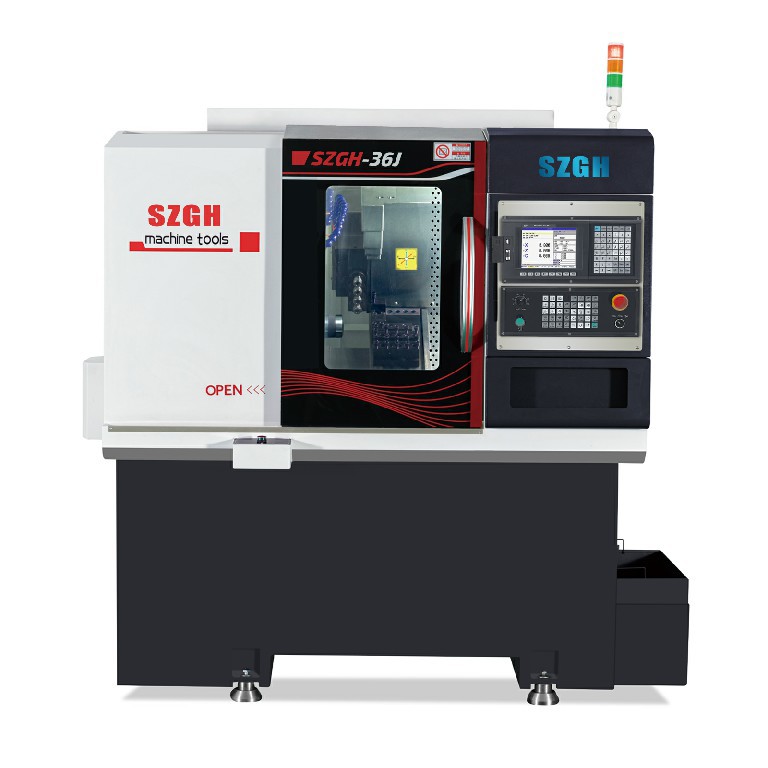Meeting the challenges of precision parts manufacturing requires careful consideration of various factors when using lathe machines. Here are some strategies to ensure high-precision machining:
1. Machine Selection: Choose a lathe machine that is specifically designed for high-precision machining. Look for features such as high rigidity, vibration damping, and thermal stability. A machine with high-precision components, such as precision ball screws and linear guides, can contribute to maintaining accuracy during machining.
2. Tooling Selection: Select cutting tools that are specifically designed for high-precision machining. Consider factors such as tool geometry, cutting-edge sharpness, and tool material. High-quality carbide or ceramic tools with sharp cutting edges are often preferred for precision machining. Use tools with the appropriate coatings to reduce friction and improve tool life.
3. Machine Calibration: Regularly calibrate the lathe machine to ensure its accuracy. This includes checking and adjusting the machine's alignment, spindle runout, and linear positioning accuracy. Proper calibration helps maintain dimensional accuracy and minimizes errors during machining.
4. Workpiece Fixturing: Secure the workpiece in a stable and precise manner to avoid movement or vibration during machining. Use high-quality chucks or fixtures that provide secure clamping and alignment. Consider using soft jaws or custom fixtures to match the workpiece geometry and ensure optimal positioning.
5. Cutting Parameters: Optimize cutting parameters for precision machining. Pay attention to cutting speeds, feed rates, and depths of cut. Use the manufacturer's recommendations as a starting point and make adjustments based on the specific material, tooling, and part geometry. Balancing cutting forces and minimizing vibration is crucial for achieving precision results.
6. Chip Management: Efficient chip management is crucial for precision machining. Proper chip evacuation prevents chip clogging and minimizes the risk of chip-induced damage to the workpiece or cutting tool. Use appropriate chip breakers, chip conveyors, or coolant systems to effectively manage chips during the machining process.
7. In-Process Measurement: Employ in-process measurement techniques to verify and monitor part dimensions during machining. Use appropriate measuring instruments, such as micrometers, dial indicators, or non-contact measurement systems, to check critical dimensions. This allows for real-time adjustments, ensuring the desired precision is achieved.
8. Quality Control and Inspection: Implement robust quality control and inspection processes to verify the precision of the finished parts. Conduct thorough inspections using precision measuring instruments, coordinate measuring machines (CMMs), or optical measurement systems. Identify any deviations from the desired specifications and take corrective actions as necessary.
9. Operator Skill and Training: Ensure that operators are well-trained in precision machining techniques. Provide training on machine operation, tool selection, programming, and quality control. Skilled operators can effectively handle challenges, troubleshoot issues, and make necessary adjustments to achieve high precision.
 |
 |

